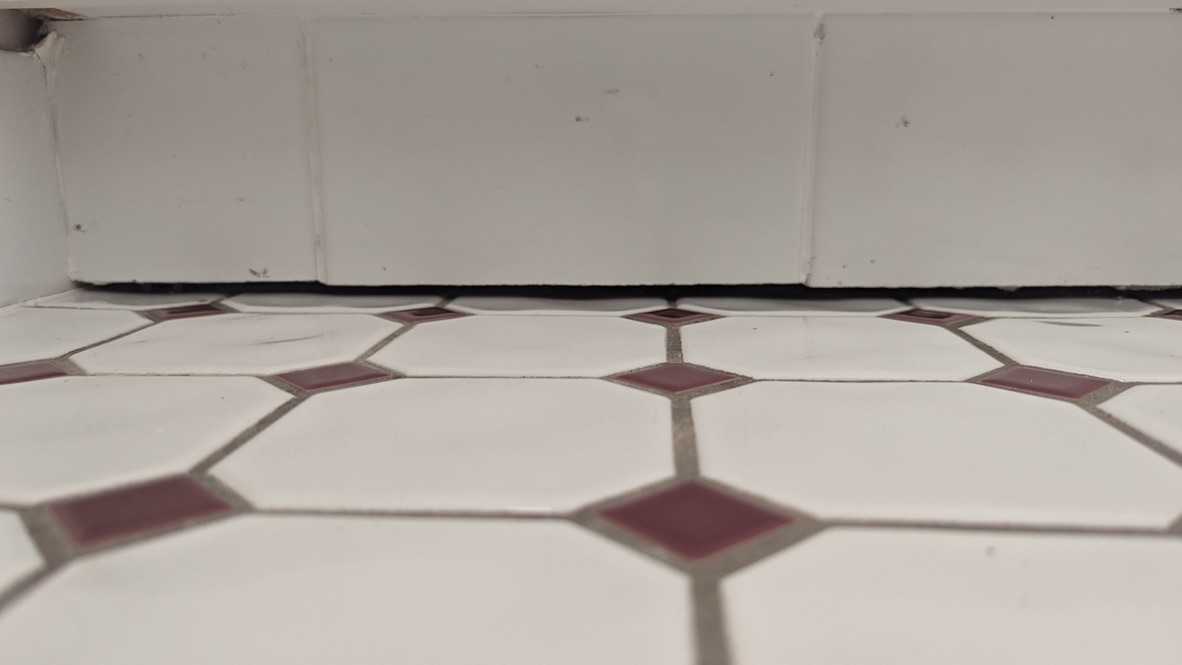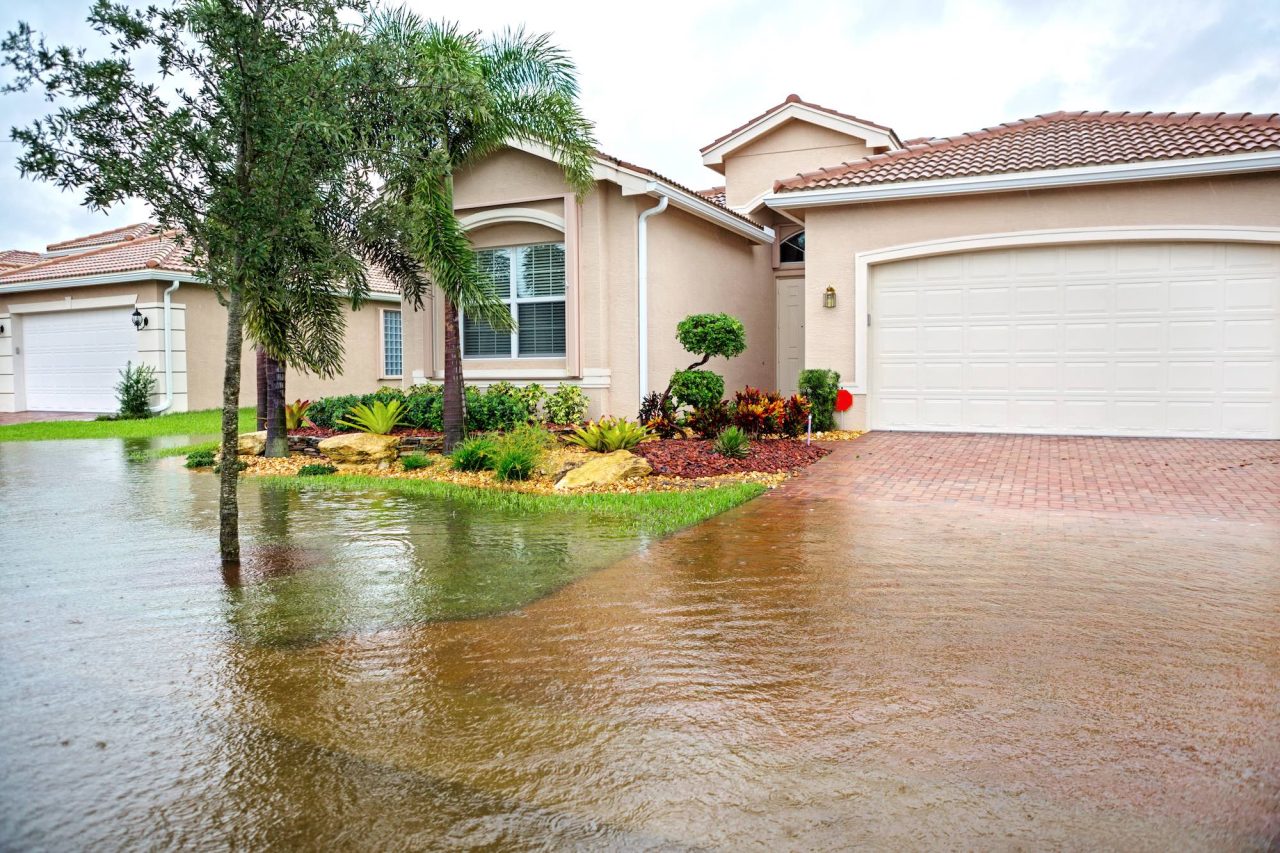
Climate change and foundations
How climate change may affect your property’s foundations
Climate change is often associated with cataclysmic weather events and temperature changes but it can also have more subtle, long-term effects on our homes.
Scientific research over the decades has revealed that the earth’s average temperature has gradually increased due to the greenhouse gases that are trapped in the atmosphere. This is particularly noticeable in warmer environments, like Australia, where an unnaturally altered climate is resulting in drier conditions for longer periods of time combined with sudden and heavy bouts of extreme wet weather. For the majority of Australia’s housing stock, which is built on moderately to highly reactive clays, this is especially challenging.
Reactive clays are prone to seasonal ground movement due to changes in the soil’s moisture levels which swell in winter as they absorb excess moisture and shrink in summer when conditions are usually drier. While the constant movement caused by expansion and contraction in the ground can contribute to foundational shifts and slab movement, the reaction is exacerbated by the prolonged drier conditions and heavy wet weather events which can be attributed to climate change.

































